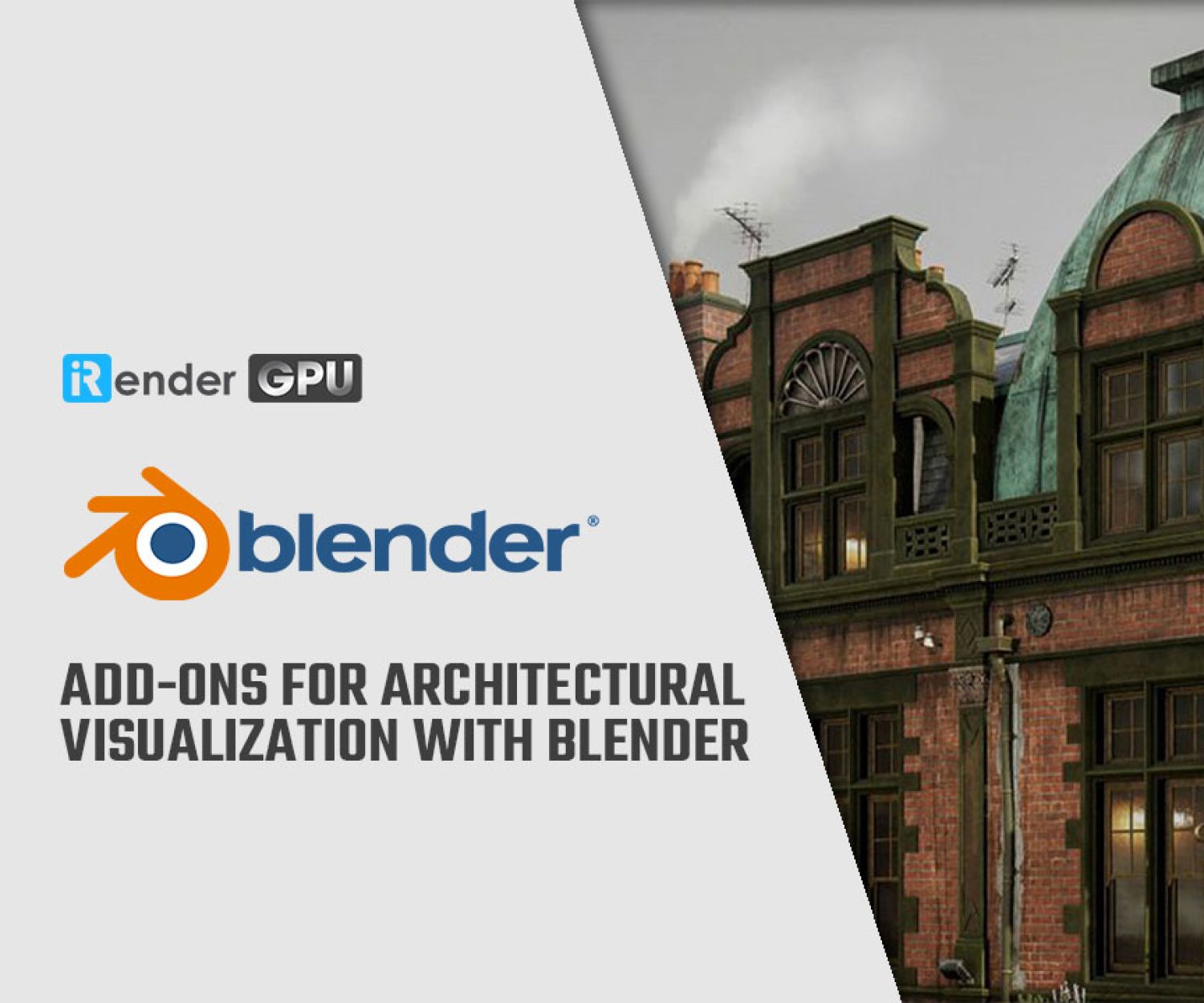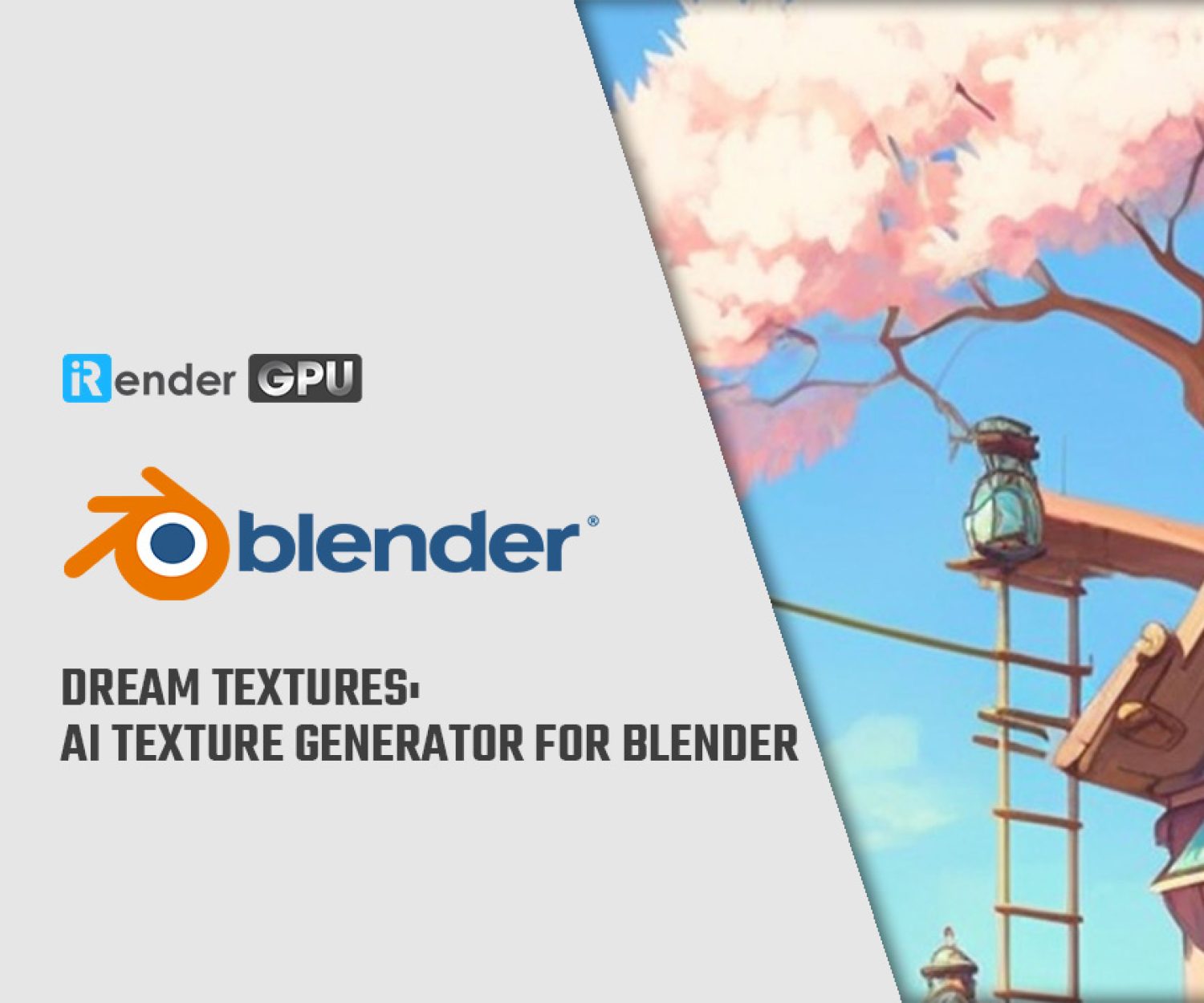Blender vs Unreal Engine: Choosing the Right Tool for Your Project
Blender vs Unreal Engine are two familiar names in the 3D graphics industry. They are both wonderful, free-to-use software for 3D artists, filmmakers, and game developers. However, these tools have much in common and if you’re new to the world of 3D art and game development, it may be difficult to decide which software to choose.
In this blog, iRender will delve into Blender vs Unreal Engine and some ideal use cases to help you choose the one that best suits your project.
Blender vs Unreal Engine: Why Choose Blender?
Blender was originally developed by Ton Roosendaal in 1995 as an in-house application for the Dutch animation studio NeoGeo. It was later brought to the public as a commercial product with the founding of Not a Number (NaN) in 1998. However, NaN faced financial difficulties, and Blender was released as open-source under the GNU General Public License in 2002. This marked a significant turning point in Blender’s development, as it resulted in a strong and supportive community of developers and users. The most interesting thing about Blender is that it is community-based. A large user community ensures that the program operates effectively.
Nowadays, Blender is a versatile and powerful open-source 3D creation software that has gained popularity for its robust set of tools and features. From 3D modeling to animation, rendering, simulation, and visual effects, Blender offers a comprehensive suite of capabilities that cater to the needs of artists, designers, and developers. With its user-friendly interface and constant updates and improvements driven by a vibrant community, Blender has become a go-to tool for creating stunning 3D visuals across a wide range of industries, making it a valuable asset for beginners and professionals alike.

Blender rendering image by Enrico Cerica via blenderguru.com
Why choose Blender?
- Free: The best thing is that you can use Blender completely free. You can install and use Blender’s tools and feature sets at no cost.
- High Availability: Blender is available with Windows, Linux, and MacOS. So you can easily install it on your computer without worrying about incompatibility.
- Open-source Nature: This tool is freely accessible to all, and fosters an inclusive environment where creative expression faces no financial barriers. Furthermore, if you know how to use Python to write code, you can download the source code and create your own Blender version.
- Comprehensive Toolset: This engine offers a wide range of tools for 3D modeling, sculpting, texturing, animation, rendering, and compositing, covering the entire creative process in one software only.
- Strong Community Support: The Blender community is vibrant and supportive, offering many resources, tutorials, add-ons, and collaborative projects. This support network, along with Blender’s active development and regular updates, ensures that users can access the latest features and enhancements driven by community feedback and engagement.
Blender vs Unreal Engine: Why choose Unreal Engine?
Unreal Engine originated in the late 1990s when the first version, called Unreal Engine, was developed by Epic Games founder Tim Sweeney. The engine was created to power the groundbreaking first-person shooter game “Unreal” and laid the foundation for subsequent versions of the engine.
The launch of the Unreal Engine as the framework for the “Unreal Tournament” in 1999 showed its potential to deliver immersive, visually stunning gaming experiences. It was quickly recognized for its powerful rendering capabilities and flexible toolset, paving the way for widespread adoption in the gaming industry. Some famous video games developed by Unreal Engine such as Fortnite, Gears of War Series by Epic Games, or Bioshock Infinite by Irrational Games…
Today, Unreal Engine is also used in film and television making. It is even used to create virtual reality for researchers and pharmaceutical testers.
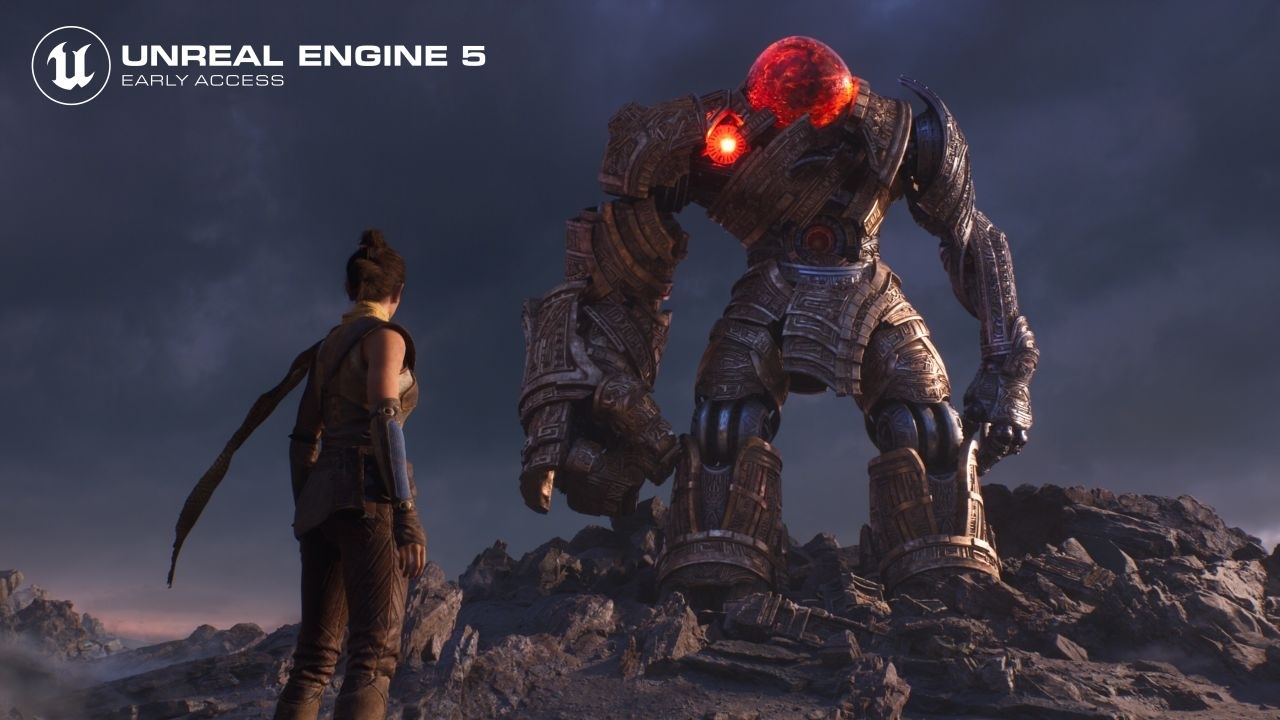
Unreal Engine rendering image via awn.com
Why choose Unreal Engine?
- Game Development Dominance: Unreal Engine is famous for its powerful toolset designed specifically for game development. Its capabilities cover all aspects of game creation making it a top choice for developers looking to create visually stunning and engaging games.
- Cross-platform Capabilities: Its ability to export games to multiple platforms and devices, while maintaining high-quality performance and visuals helps developers reach broader audiences and explore channels of diverse distribution.
- Easy to learn: Experts can use Unreal Engine to create complex games. But with the Blueprint visual scripting system, beginners can also use this tool for gaming projects.
- High Realism: Thanks to real-time rendering and photorealistic graphics, Unreal Engine gives developers immediate visual feedback, delivering a seamless workflow with sharp, realistic results.
Blender vs Unreal Engine: Ideal Uses Cases
Game Development
In the game development sector, Unreal Engine is definitely the winner. In fact, Unreal Engine is a game engine created for game developers to unleash their creativity and run their game projects. Meanwhile, Blender hardly has any video game creation capabilities.
Unreal Engine offers a variety of tools and features to suit the entire game development process, including level design, scripting, visual effects, and more. with stunning graphic effects. Additionally, Unreal Engine offers flexibility in scripting and customization. Developers can use Blueprints – a visual scripting system or dive into C++ programming to control and customize game logic and mechanics.
3D Modeling
When it comes to creating 3D content such as characters, vehicles, trees, or backgrounds for games and movies, Blender is the winner. From the beginning, Blender was developed for modeling, so it has many toolkits to support quick and effective modeling that other software can hardly compare to. Not only build the model in many styles, but you can also edit it as desired such as curving, bending, beveling, smoothing…
In fact, users can still use Unreal Engine to create models but there are still many limitations. Therefore, users still often use Blender or other tools to create models and export them for later use in Unreal Engine if needed.
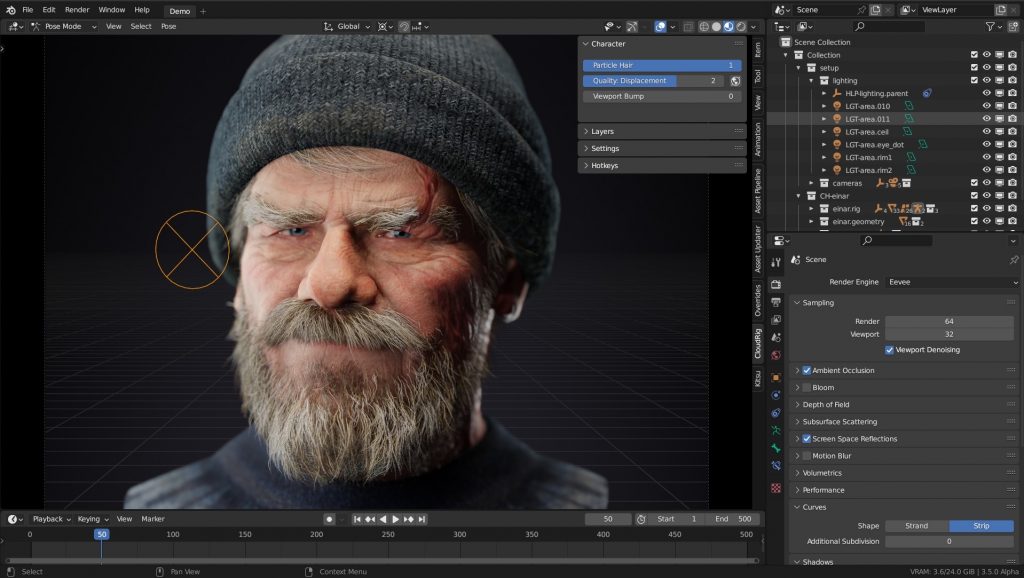
Character rendered by Blender image via helgemaus.de
Films and Animation
A few years ago, Blender was considered the best tool for film editing and animation because this was the main purpose for which it was created. But everything has changed since Unreal Engine 5 was released. This version introduces Nanite, which allows for greater levels of detail to be displayed. Together with Real-time Global Illumination, it greatly improves the realism of lighting in the scene. Thanks to that, many artists are gradually switching to Unreal Engine for their short film projects.
But in the end, Blender is still a bit better in filmmaking and animation. But if you’re willing to sacrifice a little realism for speed, Unreal Engine is also worth a try.
Rendering
When it comes to rendering, both Blender vs Unreal Engine have their own strengths. In reality, the animation is a series of still images. If you render animations in Unreal Engine, with real-time rendering capabilities, it will obviously deliver faster results, but in return, the quality will be slightly reduced. In contrast, frame-by-frame rendering in Blender is faster than animation rendering, and the image quality is also higher. Hence, if the time difference is not too big then the choice of Blender‘s good-quality rendering is obvious.
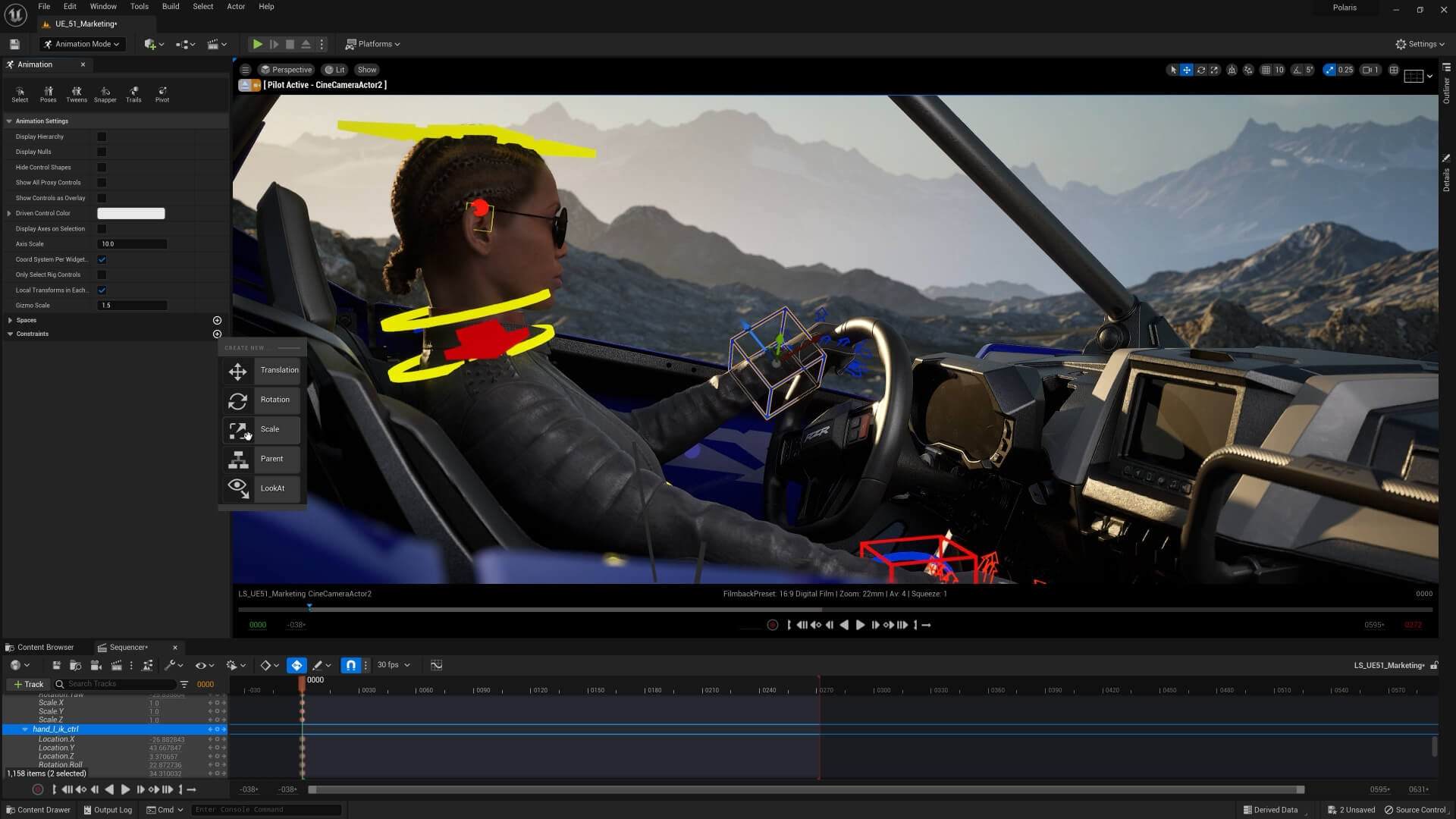 Video game rendered by Unreal Engine image via unrealengine.com
Video game rendered by Unreal Engine image via unrealengine.com
Conclusion
In conclusion, when deciding between Blender vs Unreal Engine, it’s important to consider the specific requirements of the project. Blender‘s comprehensive 3D creation suite excels in traditional 3D modeling, sculpting, animation, and rendering, making it a versatile choice for a wide range of projects. On the other hand, Unreal Engine‘s strength lies in real-time rendering, interactive experiences, and virtual production, making it particularly suitable for projects that require dynamic visual storytelling and immersive environments. Understanding the unique capabilities and strengths of each tool is crucial in choosing the right software for a given project’s needs.
iRender - Best Cloud Rendering for Blender and Unreal Engine
If you are looking for a cloud rendering service with good support for Blender and Unreal Engine as well as their render engines and plugins, iRender is the perfect choice.
iRender provides high-configuration servers that increase CPU and GPU rendering speeds. Our service will give you full control over the servers you rent. Therefore, you are free to create your own working environment. In addition, we are committed to using 100% solar renewable energy towards environmental sustainability. Together with real-human 24/7 support, we guarantee to bring you the best rendering experience.
iRender offers the most powerful RTX 4090 configuration packages on the market, all equipped with AMD RyzenTM ThreadripperTM PRO 3955WX @ 3.9 – 4.2GHz and AMD Ryzen™ Threadripper™ PRO 5975WX @ 3.6 – 4.5GHz processors, 256GB RAM and 2T NVMe SSD hard drive capacity. With a wide range of GPU servers (1/2/4/6/8x) – RTX 4090, you can choose the server that suits your needs to start the rendering process.
Check out Blender and Unreal Engine rendering performance on our servers.
Register now to get a trial and receive a 100% bonus promotion for your first transaction within 24 hours of registration with us.

For more detailed information, please contact us via Live chat 24/7 or Zalo: +(84) 962868890 or Email: [email protected]
iRender – Happy Rendering!
Related Posts
The latest creative news from Redshift Cloud Rendering, Blender Cloud Rendering, 3D VFX Plugins & Cloud Rendering.




